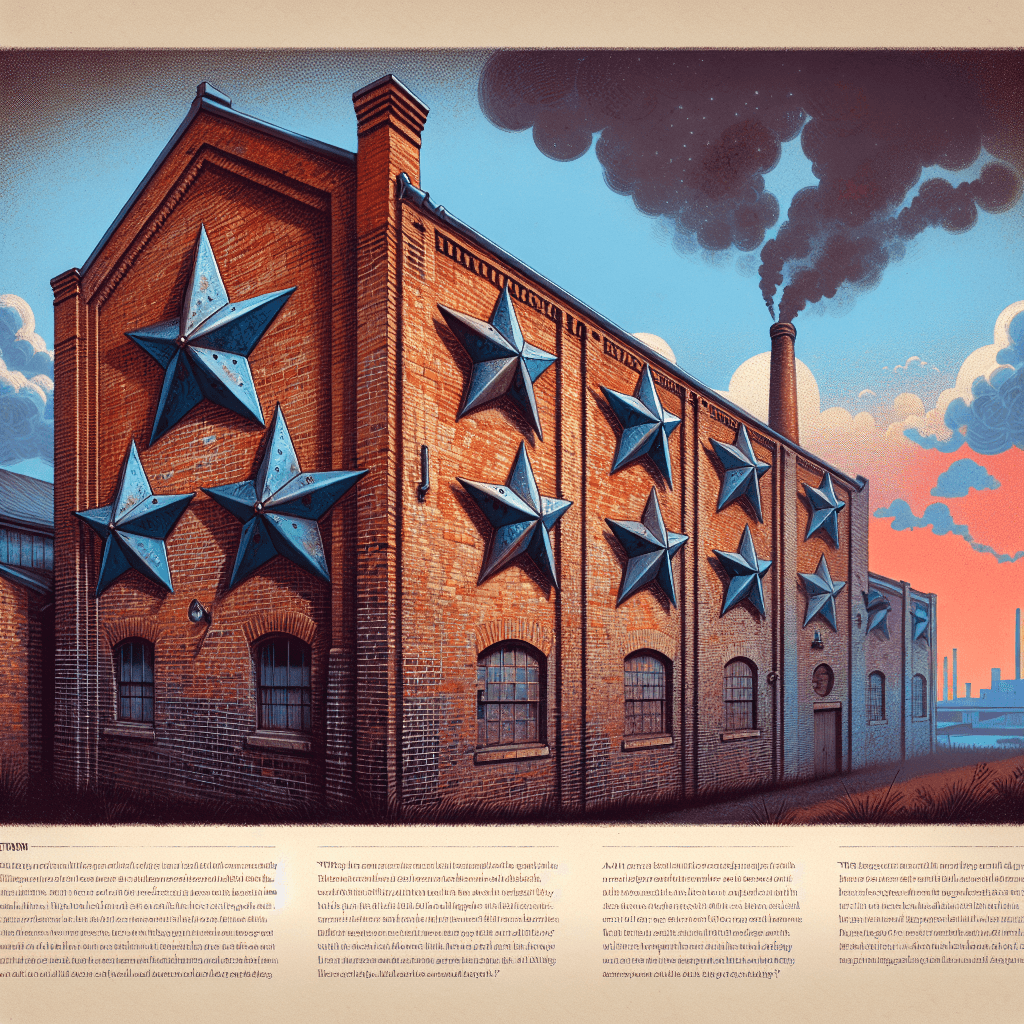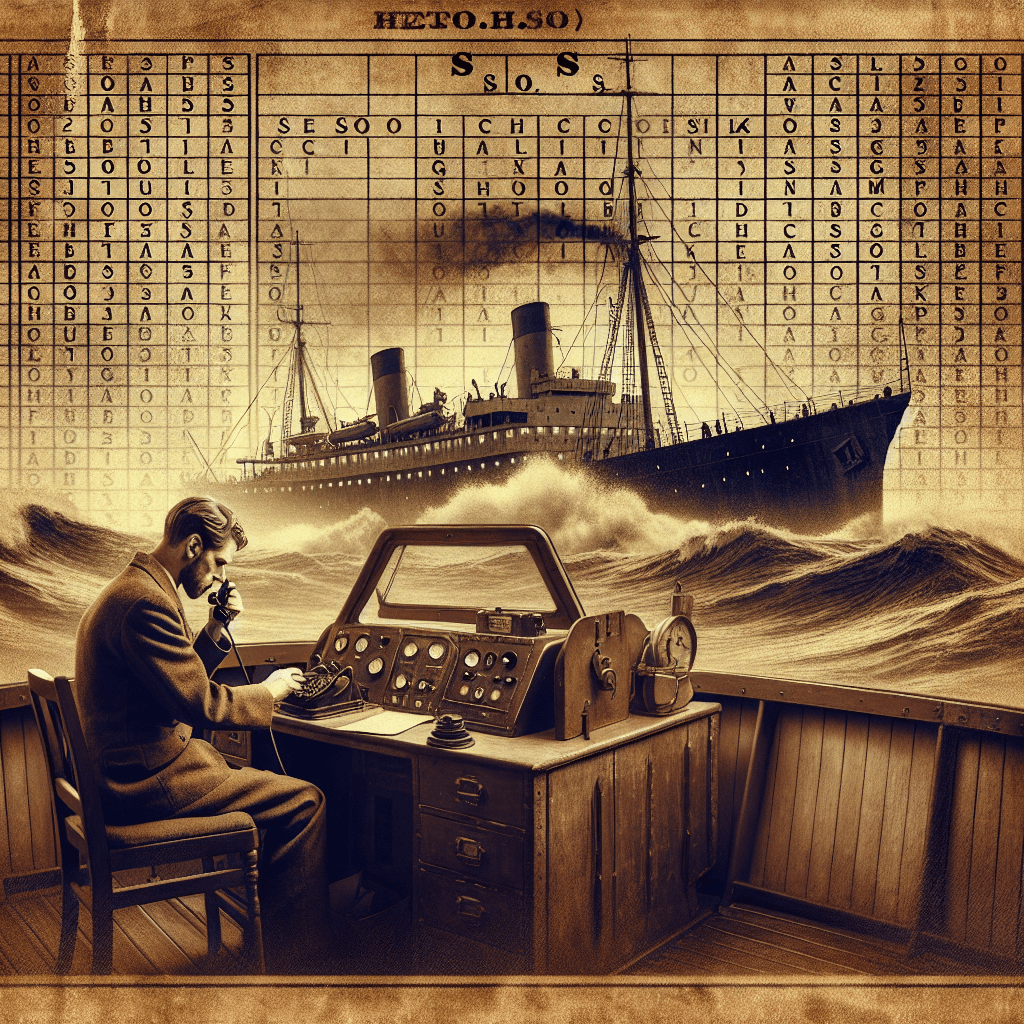Why are old brick buildings sometimes decorated with giant metal stars
Those charming metal stars aren't just for decoration; they're the exposed secret to a clever engineering trick that’s literally holding the entire building together.


Too Long; Didn't Read
TLDR: Those metal stars are not just decoration. They are structural anchor plates for long metal rods that run through the building to hold the brick walls together and prevent them from bowing outwards.
More Than Decoration: The Structural Secret Behind Why Old Brick Buildings Have Giant Metal Stars
Have you ever walked through the historic district of a city, admiring the charm of old brick buildings, and noticed them? Large, often ornate, metal stars bolted to the exterior, seemingly at random. Are they purely decorative, a patriotic flourish from a bygone era? While they certainly add character, these stars are far more than simple ornamentation. They are the visible clues to a fascinating piece of structural engineering designed to keep these beautiful buildings standing.
This post will uncover the hidden purpose behind these architectural features. We'll delve into the science of why old buildings need them, how they work, and why they often take the shape of a star. The next time you spot one, you’ll see it not just as a decoration, but as the quiet hero holding a piece of history together.
Not Just for Show: Introducing the Anchor Plate
That metal star on the side of a building is known as an anchor plate or wall anchor. It is the external component of a crucial reinforcement system designed to solve a common problem in older masonry structures. The plate itself is the end cap of a long metal rod, called a tie-rod, that runs through the building's interior.
Imagine the anchor plate as a giant, functional washer. The tie-rod is like a bolt that passes through the building, often from one exterior wall to the other, or connecting an exterior wall to the internal floor and roof joists. The anchor plate on the outside distributes the tension from the rod over a large surface area of the brick, preventing the rod from pulling through the relatively soft masonry. Without this plate, the force would be concentrated in one small spot, potentially cracking or crushing the bricks it was meant to save.
Holding It All Together: The Engineering Problem They Solve
So, why do old buildings need to be tied together from the inside? The answer lies in their construction and the relentless forces of physics. Many brick buildings from the 18th and 19th centuries were built using lime-based mortar, which is softer and more flexible than the rigid Portland cement used today. Over decades, several factors can cause the exterior brick walls to lean or bulge outwards:
- Outward Thrust: The weight of the roof and floors constantly pushes outwards on the walls.
- Foundation Settling: As the ground beneath a building shifts slightly over time, it can cause walls to move.
- Moisture and Temperature: The natural expansion and contraction of materials can weaken the bond between the walls and the internal frame.
- Vibrations: Decades of nearby traffic or construction can slowly shake things loose.
When a wall begins to bow, it risks catastrophic collapse. The tie-rod and anchor plate system is a brilliant and effective solution. By inserting the rods and tightening them, engineers can literally pull the bulging walls back towards the building's stable internal structure, arresting the movement and securing the facade for generations to come.
Why a Star? The Evolution of Design
While the function is purely structural, the form is where artistry comes into play. The earliest anchor plates were simple, utilitarian shapes like squares, circles, or S-hooks (for "strap"). However, as the technique became more common, particularly during the aesthetically minded Victorian era, building owners and blacksmiths saw an opportunity to turn a structural necessity into an architectural feature.
The star became an incredibly popular design for several reasons. It was aesthetically pleasing, symmetrical, and allowed for excellent distribution of pressure through its multiple points. In the United States, it also carried patriotic connotations. But stars are not the only design you'll find. Look closely, and you might see other shapes:
- Rosettes or floral patterns
- Geometric shapes like circles and diamonds
- The initials of the original building owner
The variety of designs speaks to the craftsmanship of the era, where even a functional repair was an opportunity for creative expression.
Conclusion
The giant metal stars on old brick buildings are a perfect example of form meeting function. They are not random decorations but essential structural supports called anchor plates, the visible ends of a tie-rod system that prevents historic masonry walls from bowing and collapsing. These elegant solutions are a testament to the ingenuity of past engineers and builders, who found a way to preserve their creations against the slow, steady pressures of time.
So, the next time you're on a walk and see a five-pointed star on a brick facade, take a moment to appreciate its dual role. It is both a piece of art that adds character and a hard-working structural component silently doing its job, ensuring a beautiful piece of the past remains for us to enjoy in the future.


